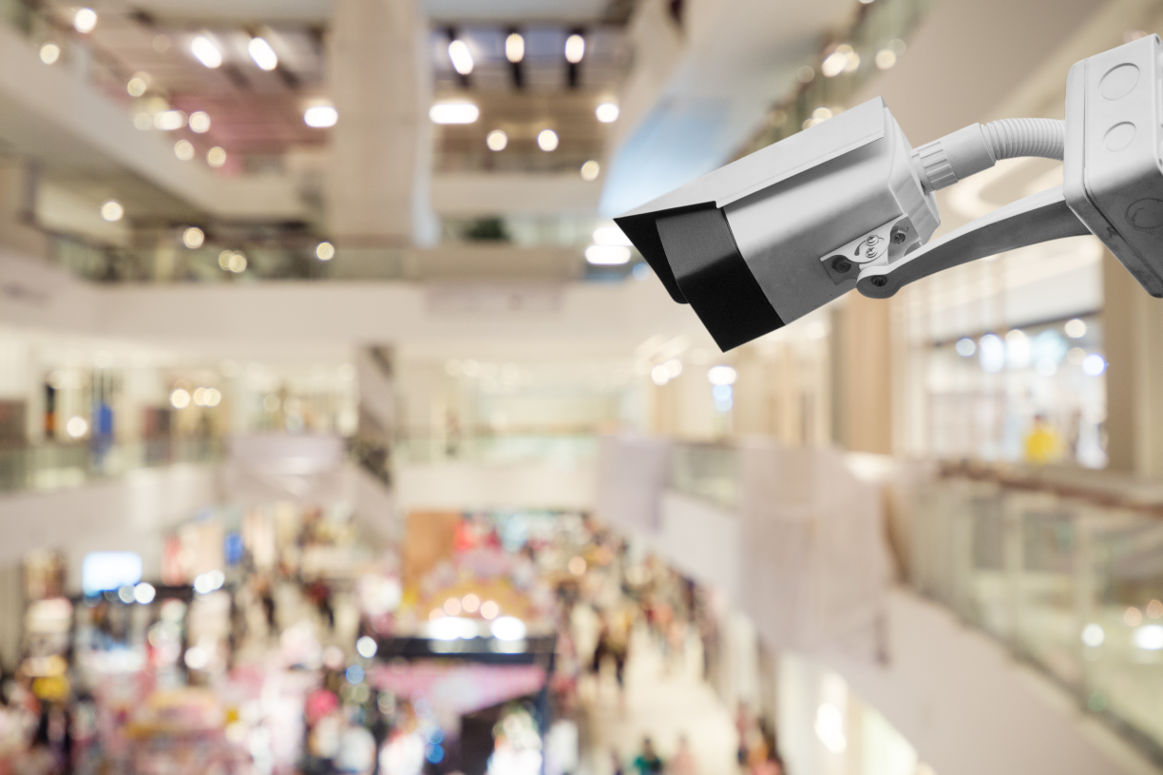Cybercrimes in the Healthcare industry are rising rapidly, with over 344 cases1 of data compromises in 2022 across the US and 69 new cases reported till Q3 2023. While cyberattacks in the Healthcare sector are rampant across the globe, a study2 by Global Market Insights reveals that the global Healthcare cybersecurity market size was around $ 16.5 Billion in 2022 to grow at a rate of 18.5% in 2023. Such metrics show the profound impact of cyberattacks on the Healthcare industry and the increased spending on mitigation and remediation.
Cyberattacks access patient records and other sensitive information, which can severely compromise data security. Recent times have seen the growth of ransomware attacks, where malicious hackers gain control over the entire network and data in exchange for a ransom. The repercussions could be a threat to release them publically and lock the whole network. This makes it imperative to upgrade your Healthcare Network Security.
Is there a way to lessen the blow? Is there a better way to protect your healthcare organization from cyber attackers? Regularly upgrading your healthcare network security is vital to protect your patient’s personal and medical records.
Let’s look at five steps you can take to improve the health of your network security posture.
1. Improve Employee Security Training
Regarding data breaches, it isn’t always a cyber attacker’s skills. Studies have shown that 65% of respondents have experienced a cyber attack because of employee negligence or a malicious insider. Unfortunately, these issues will continue to strike when you least expect them without proper employee security training and awareness.
As a healthcare organization, you should implement new security training periodically for your IT security team. It would help if you also communicated with employees about the importance of security measures and the criticality of vulnerabilities.
For example, with passwords, it’s advised to implement 2FA (Two Factor Authentication) to give access with an extra layer of security. You can send periodic emails regarding security updates and require your employees to take and pass a security course each quarter. Whatever you do, ensure training is up to date and available for all current and new employees.
Newer protocols, such as the Zero-trust model, must be implemented for your Healthcare network security to ensure a robust security posture for your organization.
2.Increase Medical Device Security
With technology evolving rapidly, more and more devices are finding their way into our networks, especially within the healthcare industry. New medical devices such as wearable devices, telemedical equipment, and mobile applications are being used innovatively within healthcare facilities. However, this poses a problem for security when devices are not maintained and used correctly.
With the new trend of BYOD (Bring Your Own Device) allowing users to access the network through their mobiles, there is an immediate need to safeguard device usage by implementing Mobile Device Management (MDM) and Mobile Application Management (MAM) protocols in place. Even IoT devices are prone to such risks.
The FDA has set aside security measures that medical device manufacturers should consider to protect them from unauthorized access. Some of these measures include, but are not limited to:
- Using end-to-end encryption wherever appropriate ensures data is transferred securely to and from the medical device.
- Build functionalities that allow data analysts to find, log, and act on any security breaches when they occur.
- Use modern technologies such as Artificial Intelligence (AI), Machine Learning (ML), and Predictive Analysis to uncover hidden vulnerabilities and get data-driven insights on ways to resolve them.
- Develop a system to communicate with employees in case vulnerability is identified and remediated or in cases where a security breach occurs.
Beyond these requirements, you should be able to properly train your employees on the current usage of medical devices and run diagnostics often. Keep medical devices updated to ensure security holes are patched and secure. When your security posture requires more resources or higher skills, consider having a third-party security service provider, such as our SecureBlu Security Services.
3. Improve Incident Response Programs
Do you have a thorough incident response program? If so, has it been tested and tried lately? If not, you may be stuck with an outdated incident response strategy during a healthcare network security breach.
You should create an incident response program that defines each team within your organization’s roles and the complete lifecycle of the plan from detection to business as usual. Who is in charge of what? How long will each step take? What does the entire process look like? Answering these questions will reduce downtime and the damages of a security breach quickly.
The crux is to create and continuously test and enhance your security posture. Each new piece of technology will need to fit within your plan and requires continuous monitoring and improvisation
4. Update Cybersecurity Protections
Outdated software and other tools that worked in the past won’t stand the test of time when it comes to intelligent cybercriminals. As our technology grows and expands, so do the minds of those who aim to steal your data. Ensure your cybersecurity protections are updated and poised for sustenance and growth.
5. Use the Latest IT Infrastructure
Outdated tools and methods will leave your network susceptible to attacks and allow patient data to slide through the vulnerabilities. Your team must quickly remediate the loophole, keeping your network and patient data safe.
You need to update your current IT infrastructure to build an incident response plan and make room in your budget for groundbreaking security technology. Health organizations are still one of the most targeted organizations for cybercrime. Take your security into your own hands starting today.
For any security requirements or to know more about improving your Healthcare network security posture, contact us, and we will be glad to help.
References:

 Canada
Canada Australia
Australia New Zealand
New Zealand UAE
UAE United Kingdom
United Kingdom




